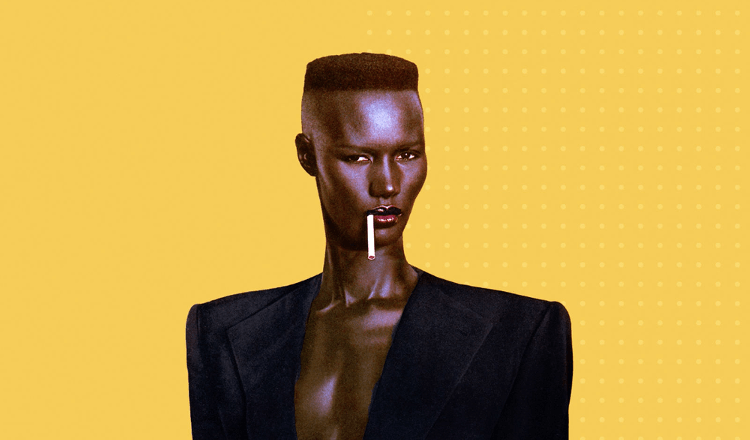Radclyffe Hall
An original pioneer of androgynous modes of dress, the author Radclyffe Hall inherited a sum of money in her early Twenties. Hall fully embraced this sartorial liberty and used it to visibly declare the respective roles she and her partner Una Troubridge played in their relationship – with Una by far the more feminine of the two – in one of the first open examples of public lesbianism. Her proclivity towards masculine dress was succinctly explored in her renowned novella, The Well of Loneliness, which bore abundant parallels to her own experiences, and explained of her protagonist that "her legs felt so free and comfortable in breeches; she adored pockets too, and these were forbidden – at least really adequate pockets.”
Marlene Dietrich
"I am sincere in my preference for my men's clothes – I do not wear them to be sensational," said Marlene Dietrich of her proclivity for a trouser suit. "I think I am much more alluring in these clothes." And alluring she was; when she attended a 1932 film premiere wearing a tuxedo it made waves throughout Hollywood – and beyond – for breaking gender norms, and doing so with such compelling impact.
Bianca Jagger
When Yves Saint Laurent designed Le Smoking, “it was a radical change for professional women, who could wear a practical suit which also looked elegant,” wrote Bianca Jagger following the death of the master couturier. "It was part of my liberation to be able to wear trouser suits because it makes life so easy." One of the first women to embrace his then-revolutionary designs, Jagger proudly championed the new silhouette for women – and her ease when wearing such pieces makes it hard to believe that such a decision was ever fraught with gender politics.
David Bowie
And then there was Bowie. "I really wanted, more than anything else, to contribute some in way to the culture I was living in," said the musical legend in 2002 – and, of course, he did. What Bowie did for fashion, for queering gender and for performing however you want to, is hard (read: impossible) to summate in a few words but, needless to say, his impact on androgyny lives on long past his death.
Grace Jones
Grace Jones’ ability to seamlessly segue from feminine seductress to executive masculinity means that, not only is she a phenomenal performer on stage, but she has also been responsible for creating some of the most powerfully subversive imagery of our times. "I was outside of race and gender,” she wrote in her 2015 memoirs. “I considered myself energy that had not been classified.” We couldn't put it better ourselves.
Prince
"I'm not a woman. I'm not a man. I am something that you'll never understand." So sings Prince in 'I Would Die 4 U' – a sentiment he explored throughout his life, throughout which he deconstructed conventions of masculinity, transporting queerness and androgyny into the pop culture mainstream. Now, with a Pantone colour in his honour, we will be proudly dressing in his homage.
Kurt Cobain
"There’s nothing more comfortable than a cosy flower pattern," Kurt Cobain once told Melody Maker – and here, on the cover of The Face in September 1993, he certainly looks comfortable. Besides being the founding father of grunge, Cobain was an out-and-proud feminist (before everyone was wearing such a slogan on their T-shirts), wore ballgowns to award shows, and challenged anyone to take issue with his choices. When he looks so completely charming in a tea dress, who would?

































